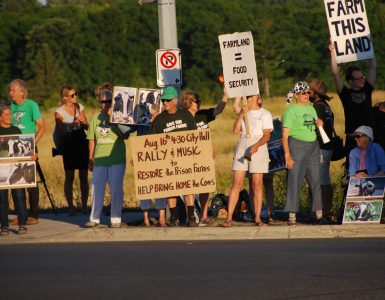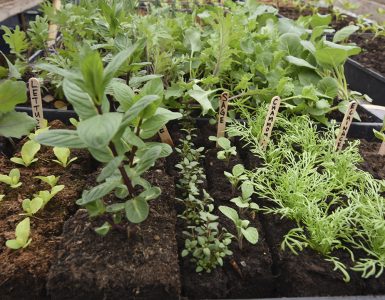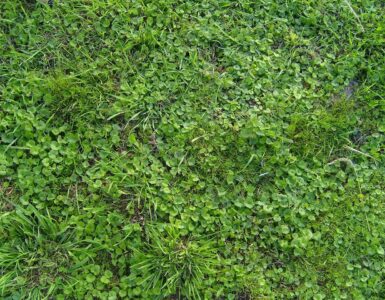“Did you hear the one about the farmer who won the lottery?” dairy farmer Dianne Dowling asks. It’s a favourite joke of hers. “They asked him, ‘What are you going to do with your winnings?’ He answered: ‘Why, I’m going to farm until it’s all gone!'” It’s perfect farming joke; it combines a farmer’s persistence and hard work with a pinch of gallows humour.
The idea that a person would need win the lottery to afford to keep farming is not entirely silly. Net farm incomes have been on the decline for nearly half a century. In the past decade the average Canadian farm has had a negative net income (accounting for depreciation). This means that farms either subsidize themselves through off-farm income (like having one spouse work in town), or they put off maintenance and upkeep, allowing their equipment and infrastructure to slowly fall apart. Sometimes it’s both.
This fact is a major reason the average farmer in Canada is in their midfifties. Young people want an occupation that’s going to pay them, not the other way around.
There are exceptions to the trend, of course. There are farms that have a positive net income. And those farms are a window into the future.
Dairy farms (such as ours) are in general the most financially stable. There’s a simple reason for that: supply management, the eminently sensible idea that farmers should produce the same amount of food as people actually want to eat. (Egg and poultry farms, which also benefit from supply management, rank second for net income.) Most of the loss in net farm income can be traced to one trend: the vertical, corporate integration of our food system. The vast majority of companies that make up our food system – from seed and agrochemical businesses to distribution firms to grocery stores – are now owned by a handful of corporations.
Because of their corporate leverage they can squeeze farmers at both ends, hiking the prices for farm inputs while minimizing prices for farm products. If you buy a box of breakfast cereal, the farmer who produces the corn or other commodities receives only a few cents; the rest of the money goes to the other companies along the chain.
For our farm’s vegetable operation, the way around this problem is simple. We don’t sell commodities. We sell food.
We use the community shared agriculture model. Each spring people buy a “membership” in the farm, like a vegetable subscription, and receive a box of vegetables once a week through the growing season. The people who eat our food are not “customers.” They are members.
They value healthy, fresh, local food. They visit the farm for special events and sometimes work bees. They want to be part of a community that understands that ethically produced food is important and that people should be able to make a living producing it.
Part of the reason the CSA works is because it operates on a cost-of-production basis. We don’t try to produce food and then price it as low as possible to beat out other farmers. We are open with our members about how much things cost to produce, and at the end of the season they each get a report detailing how much we spent on what.
Every March we open memberships up to new members, who buy a weekly vegetable share. They pay on a sliding scale, meaning people who have more money can choose to pay more and subsidize those with lower incomes. We want to make good food as affordable as possible.
For us, making a living doesn’t just mean staring at the bottom line, or trying to race other farmers to the lowest price. It means looking at the big picture. We make a living because we bring the community to the farm, and the farm to the community.
Aric McBay is a farmer and author. He lives and works at a mixed family farm with a dairy herd and a vegetable operation.







